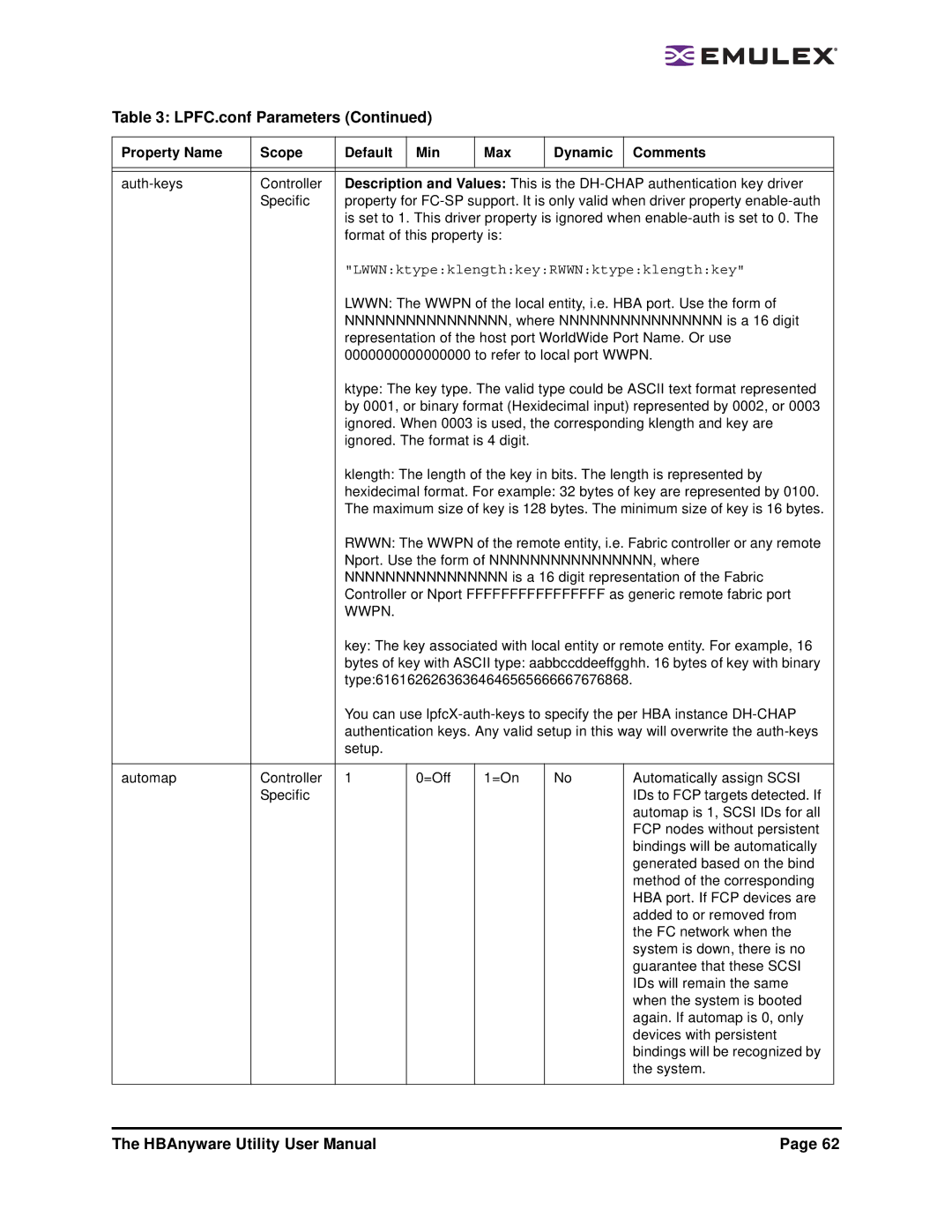
Table 3: LPFC.conf Parameters (Continued)
Property Name | Scope | Default | Min | Max | Dynamic | Comments |
|
|
|
|
|
|
|
|
|
| ||||
Controller | Description and Values: This is the | |||||
| Specific | property for | ||||
|
| is set to 1. This driver property is ignored when | ||||
|
| format of this property is: |
|
| ||
|
| "LWWN:ktype:klength:key:RWWN:ktype:klength:key" | ||||
|
| LWWN: The WWPN of the local entity, i.e. HBA port. Use the form of | ||||
|
| NNNNNNNNNNNNNNNN, where NNNNNNNNNNNNNNNN is a 16 digit | ||||
|
| representation of the host port WorldWide Port Name. Or use | ||||
|
| 0000000000000000 to refer to local port WWPN. | ||||
|
| ktype: The key type. The valid type could be ASCII text format represented | ||||
|
| by 0001, or binary format (Hexidecimal input) represented by 0002, or 0003 | ||||
|
| ignored. When 0003 is used, the corresponding klength and key are | ||||
|
| ignored. The format is 4 digit. |
|
| ||
|
| klength: The length of the key in bits. The length is represented by | ||||
|
| hexidecimal format. For example: 32 bytes of key are represented by 0100. | ||||
|
| The maximum size of key is 128 bytes. The minimum size of key is 16 bytes. | ||||
|
| RWWN: The WWPN of the remote entity, i.e. Fabric controller or any remote | ||||
|
| Nport. Use the form of NNNNNNNNNNNNNNNN, where | ||||
NNNNNNNNNNNNNNNNis a 16 digit representation of the Fabric
Controller or Nport FFFFFFFFFFFFFFFF as generic remote fabric port WWPN.
|
| key: The key associated with local entity or remote entity. For example, 16 | |||||
|
| bytes of key with ASCII type: aabbccddeeffgghh. 16 bytes of key with binary | |||||
|
| type:61616262636364646565666667676868. |
| ||||
|
| You can use | |||||
|
| authentication keys. Any valid setup in this way will overwrite the | |||||
|
| setup. |
|
|
|
|
|
|
|
|
|
|
|
|
|
automap | Controller | 1 | 0=Off | 1=On | No |
| Automatically assign SCSI |
| Specific |
|
|
|
|
| IDs to FCP targets detected. If |
|
|
|
|
|
|
| automap is 1, SCSI IDs for all |
|
|
|
|
|
|
| FCP nodes without persistent |
|
|
|
|
|
|
| bindings will be automatically |
|
|
|
|
|
|
| generated based on the bind |
|
|
|
|
|
|
| method of the corresponding |
|
|
|
|
|
|
| HBA port. If FCP devices are |
|
|
|
|
|
|
| added to or removed from |
|
|
|
|
|
|
| the FC network when the |
|
|
|
|
|
|
| system is down, there is no |
|
|
|
|
|
|
| guarantee that these SCSI |
|
|
|
|
|
|
| IDs will remain the same |
|
|
|
|
|
|
| when the system is booted |
|
|
|
|
|
|
| again. If automap is 0, only |
|
|
|
|
|
|
| devices with persistent |
|
|
|
|
|
|
| bindings will be recognized by |
|
|
|
|
|
|
| the system. |
|
|
|
|
|
|
|
|
The HBAnyware Utility User Manual | Page 62 |
